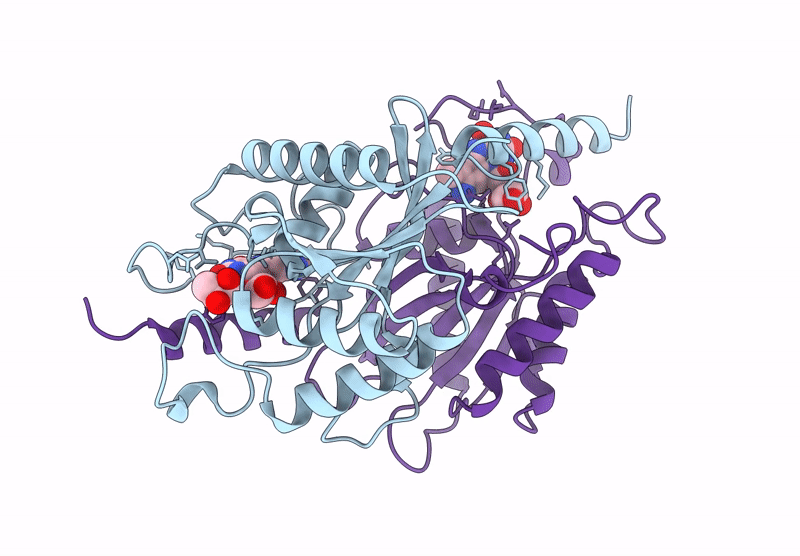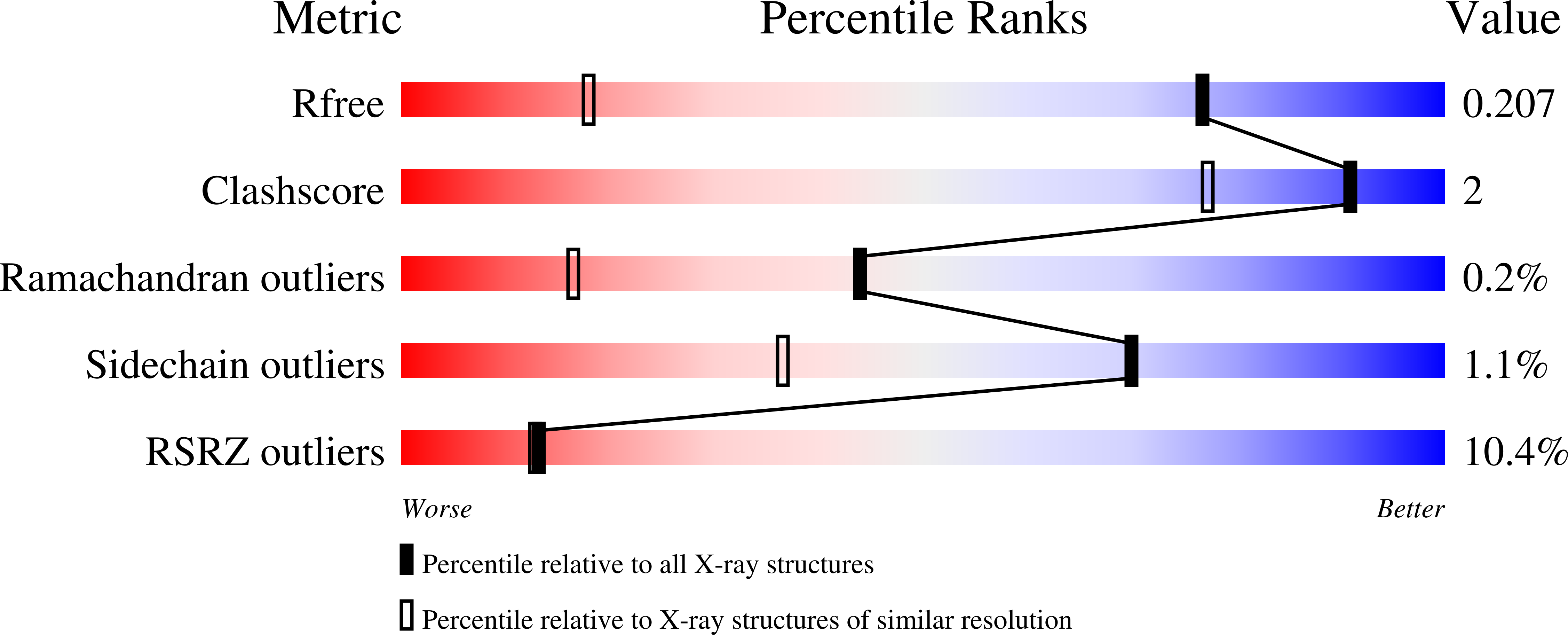
Deposition Date
2024-02-28
Release Date
2025-03-12
Last Version Date
2025-03-12
Entry Detail
Biological Source:
Source Organism:
Streptomyces davaonensis (Taxon ID: 348043)
Host Organism:
Method Details:
Experimental Method:
Resolution:
1.25 Å
R-Value Free:
0.20
R-Value Work:
0.18
R-Value Observed:
0.18
Space Group:
P 21 21 21


